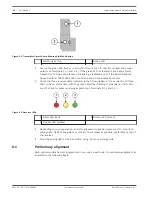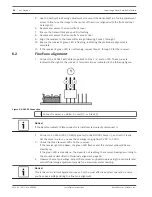
Figure 3.2: Smoke Densty and Obscuration Graph
1 Smoke density
3 UL maximum sensitiivity
2 UL minimum sensitivity
4 Distance between transmitter and
receiver
Determine the total obscuration needed for an alarm and select the sensitivity setting needed
according to the following table.
Total Obscuration at Alarm
Sensitivity Switch Setting
20%
2
30%
0 or 3
40%
4
50%
5
60%
1 or 6
70%
7
Long-range Beam Smoke Detectors
Notices | en
9
Bosch Security Systems, Inc.
Installation Instructions
2014.01 | 06 | F.01U.068.899










































